Justin Quinnell is a pinhole photographer and lecturer from Bristol, England. He has been teaching around the world for 28 years and currently teaches part time at Falmouth University. Quinnell has written extensively about his expertise in pinhole photography and camera obscura in a variety of publications from the BBC to NASA. He is the inventor of the Smiley Cam, which he created out of 110mm film cartridges. inspiring him to produce the acclaimed series Mouthpiece. Quinnell has produced over forty exhibitions across the globe since his first in 1983. He was kind enough to sit down with me for a chat online where I got a chance to pick his brain about the wonders of pinhole, his process and what may be the next addition to his vast body of work.
What is the best object for a pinhole camera?
A beer can.
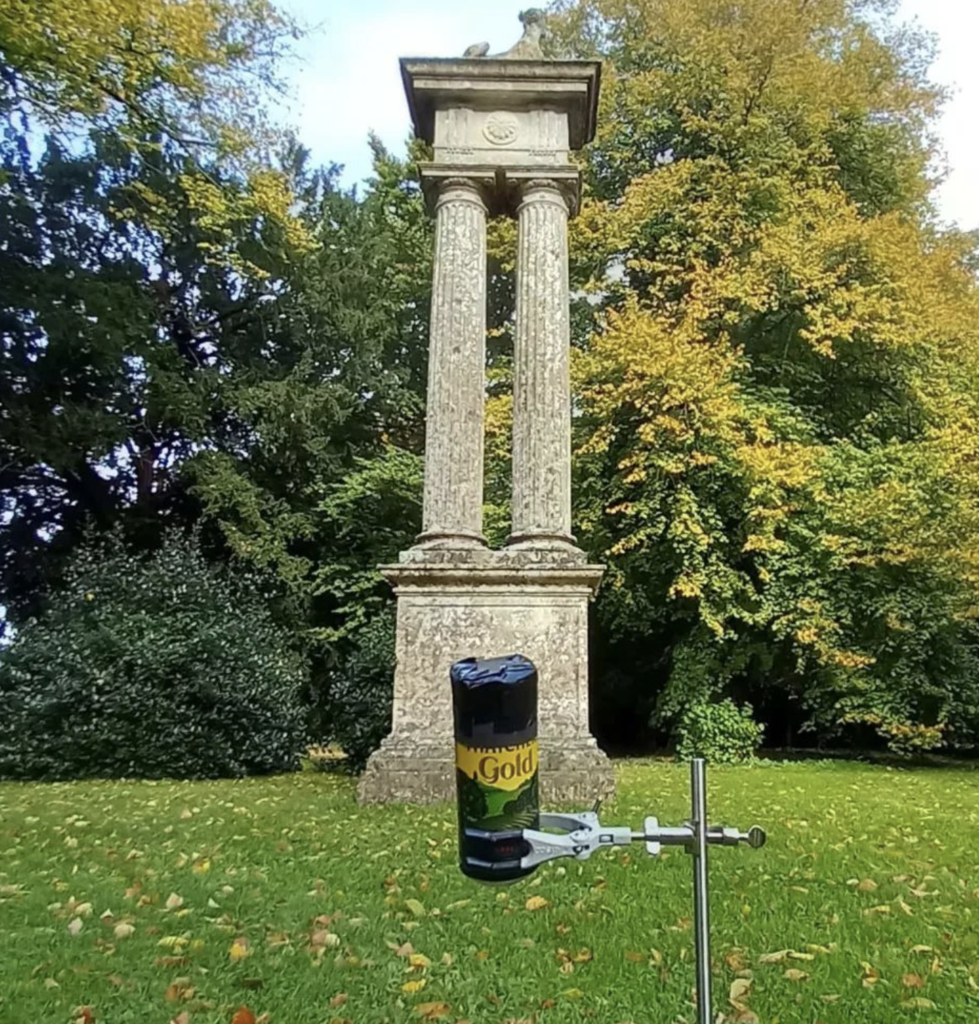
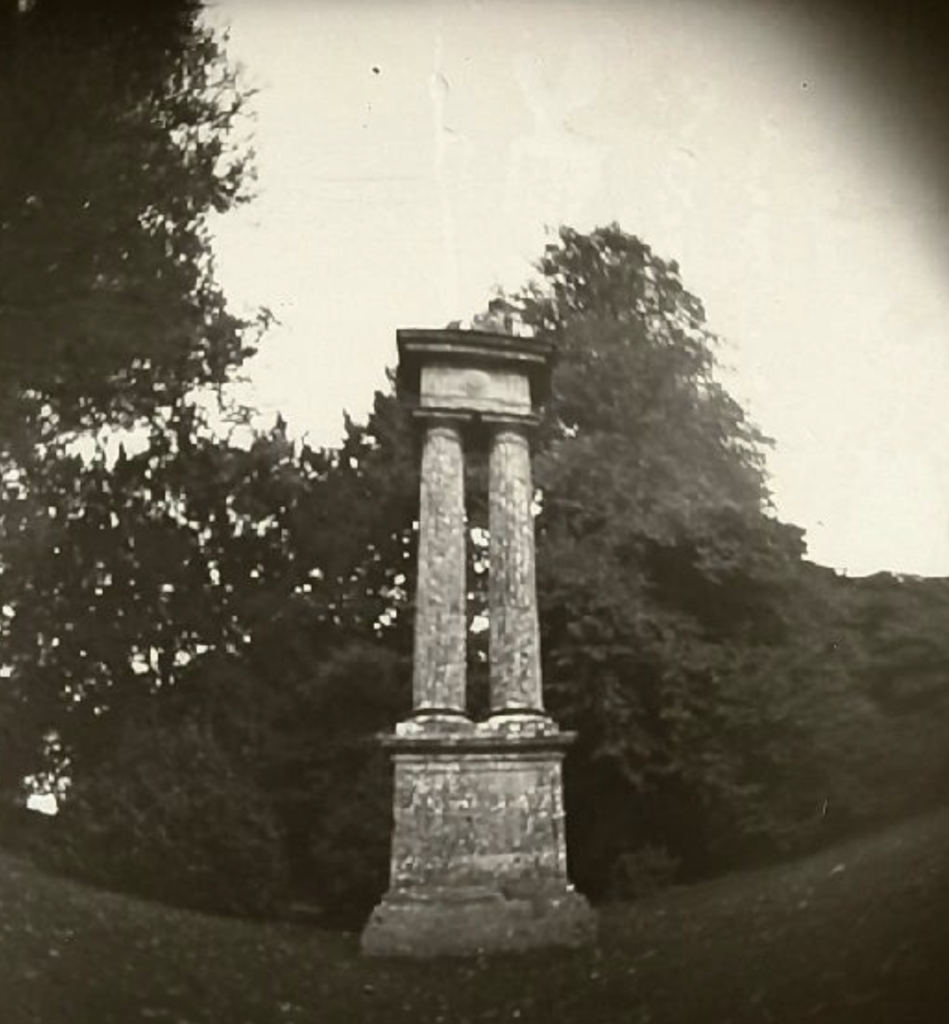
What size?
440ml is the best. You can use any but those are easier because you won’t have to trim the photo paper. But I’ve done everything from fruit to boots. I quite like the idea of somewhere in Bristol letting me do an exhibition of whatever the hell I’d like and what I’d like to do next would be to make a series of edible cameras. I’d make make the cameras out of biscuits or bread or jelly or whatever and then do pictures with. Then when the exhibition opened I would eat the cameras. And because it is so pointless or useless or daft that almost becomes the point. It’s almost like just pushing a custard pie in someone’s face. It’s almost sort of just like, I’m doing this whether you like it or not. Like pasting things to walls, I love that, just images that don’t have advertisements. It’s just this is what I do. I’m a pinhole photographer and a lecturer. Even though I moan about this stuff I do quite like photography. Although I’m a bit fed up with tintype, wet plate photography. I can’t cope with it. It’s all exactly the same. Everyone is just photographing pouty, scantily dressed women, staring into the lens. Everybody is doing exactly the same thing. There is a guy in Bristol and everybody is wetting themselves about him and he’s a nice guy but all his photos are exactly the same. I know they are all one offs and sellable but shit, I’m getting bored with that. Mind you he’s probably getting bored with me. Maybe I’ll do a photo of a biscuit from my mouth everyday for ten years just as a sort of comment to wet plate photography.
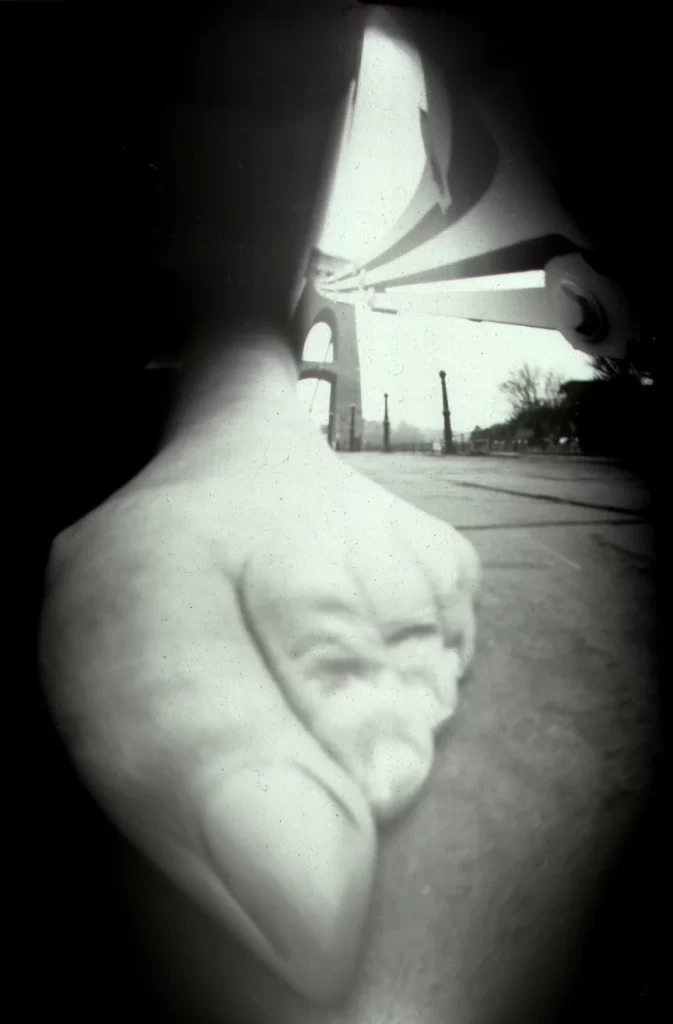
You’re known for doing long exposures, up to six months. How is it that the photo paper doesn’t become over exposed and turn entirely black? Do you have to be shooting in a very dark setting?
It’s weird, but it’s rather like the photo paper gets a suntan. If you take photographic paper and bring it out into the light it goes black, yeah. But if you get light sensitive photographic paper and bring it into the light it takes about twenty minutes before it gets darker and darker but if you can inhibit most of that light apart but through a hole it becomes a really clever thing. The guy who invented it did it the first time in 1978, before digital, before scanning was around, was Dominique Stroobant. I didn’t invent it, I came up with my own design and way of doing it but there were others doing it around the same time as well. It’s just a really nifty way of experiencing six months of exposure and then what you do with it as well. With all this experimental photography you can do a six month exposure and that’s really cool but especially if you’re doing something that has not been before. Then is becomes like, what do you do with that? I went and tied one to my mom’s grave from her birthday to the anniversary of her death for example. So you can start playing around with times like that.
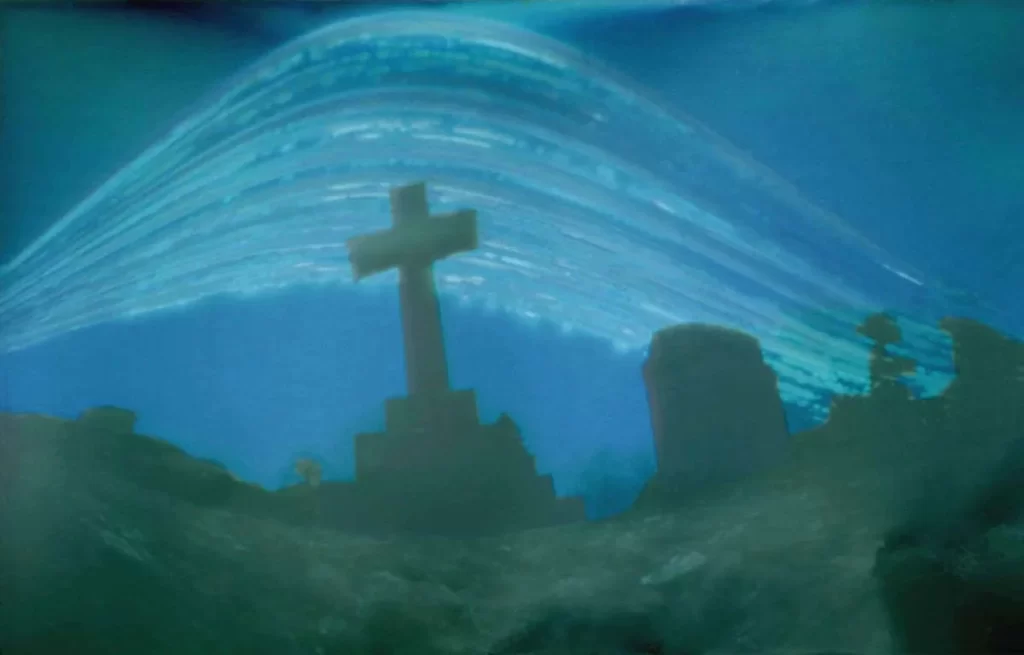
You know you just sort of put them onto things, I put two of them facing each other just dangling from a tree for six months. It just sort of like, gives you time. I started doing this when my kids were young and it was really handy because I didn’t have a lot of time and it’s almost like slow cooking. With the digital world, it’s instant what’s going to happen and it’s about the result and that’s great but I quite like the not knowing what’s going to happen. That is something in life that we don’t get given the opportunity to do because there are answers all the time. People pay to make answers arrive quicker.
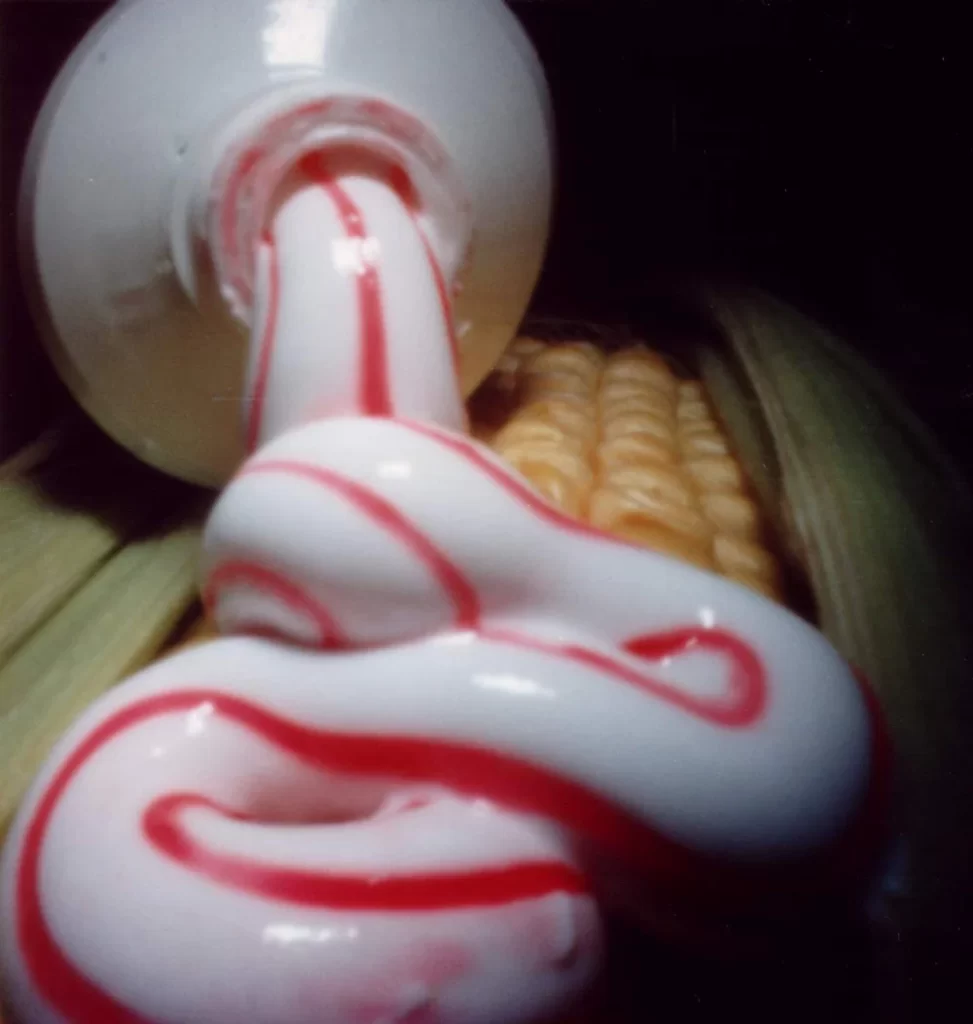
When I first started doing pinhole stuff with colour negatives, you know it would take a week to send them off to the chemist and get them back and that was what the world was like. You didn’t know what your pictures would look like. I made a post about a DSLR where you’d have to wait a week to see your photo.
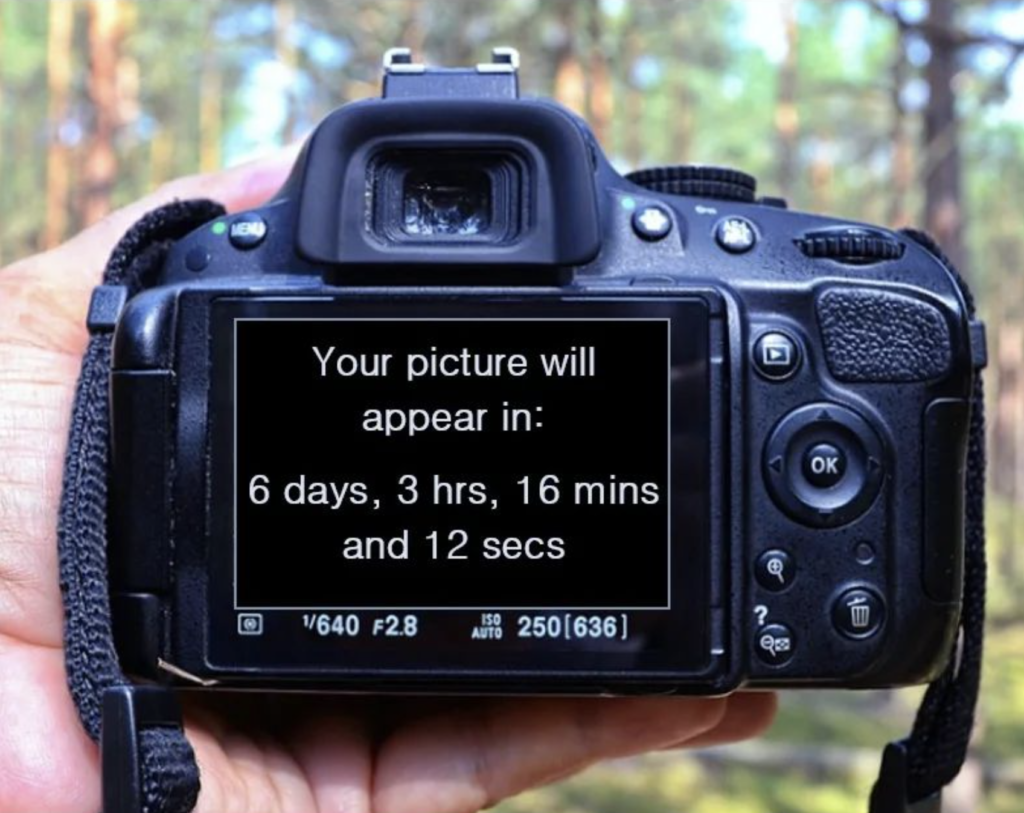
There must be some way that you can download some app or even make a digital camera that does that. In fact, maybe I should invent that, a way so there is no access to it. It would be sort of like using a typewriter you know, no copy and paste.
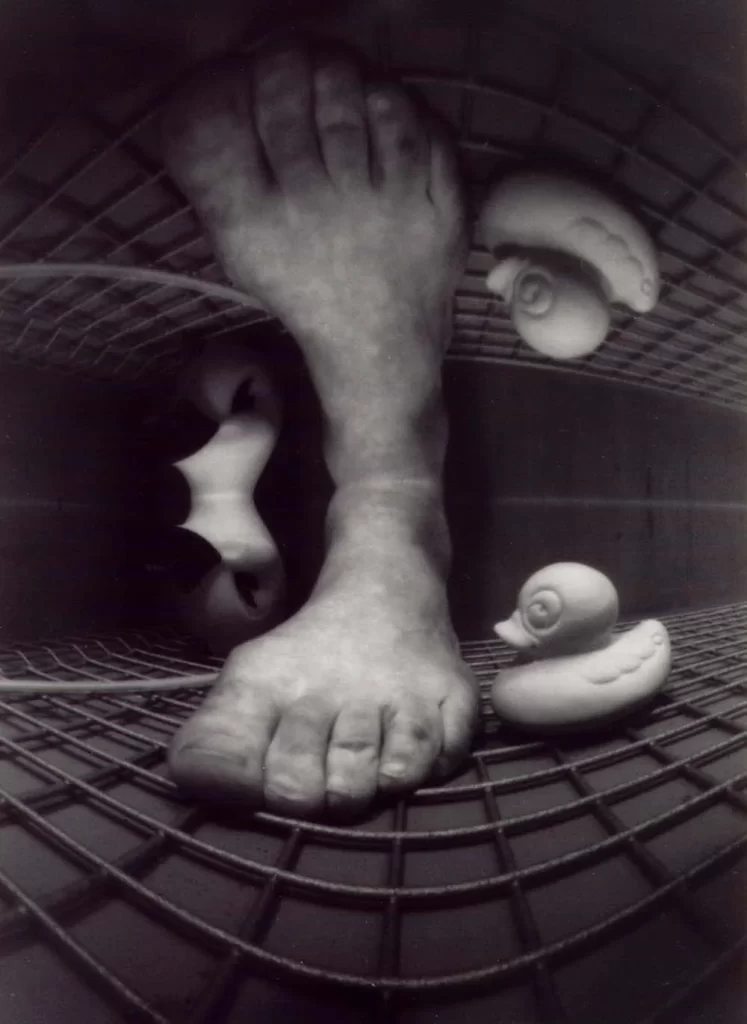
I also take film photography and put a darkroom in the bathroom and sometimes I will go weeks or months before developing a roll and I just can’t believe how much I forget. That’s one thing about it that I really enjoy.
I’ve got some cameras that I’m taking with me to Germany that I’ve got half a roll of film done on. It’s a 1920’s or maybe a 1930’s back of some camera that you can just about cram a roll of 120mm film in and I’ve built a pinhole out of it and I mean, God knows if it’s going to work. But I’m just gonna take it with me and see what’s going to happen. The only viewfinder you end up with is your head, your brain. And you know, you don’t boast about the millions of photos that don’t work.
So there must be times where you return to one of your pinhole cameras after a very long exposure, develop it and just think, well this wasn’t worth it or this was in the wrong spot or whatever. Does that happen often?
Well a lot of times they disappear. There is an actual height you’ve got to put them. The height you’ve got to put them is higher than a drunk person can reach from another drunk person’s shoulders. Any lower than that and they’ll get nicked.
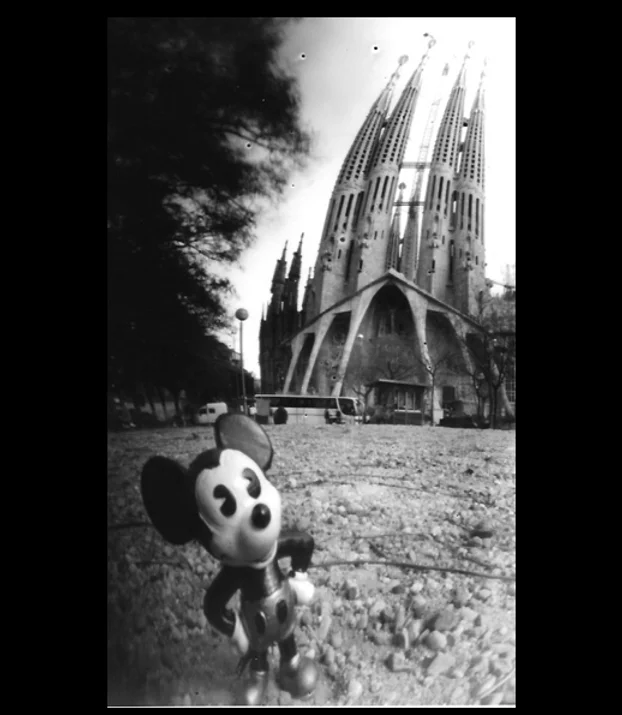
The only other issue I dealt with was six or seven years ago I was out with my students and I got a call from Scotland Yard and they said, “Is this Justin Quinnell?” and I said, “Yeah…”
-’What took you so long?’
Yes, aha, no but basically what had happened was one of my cameras had been placed near where a terrorist bomb happened so they had some questions for me. There is also the issue of them falling onto roads sometimes.
-Where are you placing them these days?
The last ones I’ve been playing with…I did a few stuck onto my van for three months or so which is fun to drive around with.
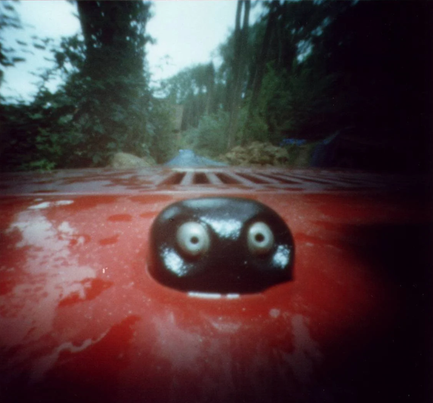
- So is the image super abstract then?
Well what I do is I make sure there is something that’s isn’t abstract in front of it like the front of the van or whatever.
- And that gives it some contrast.
Yeah. But the most abstract is sticking them onto tall ships. I’ve got a friend who does importation of wine with ships that don’t use fuel. They’ll stick them onto to tops of the masts for me. Now that’s pretty abstract I’m sure, if I’ve ever got one back, most of them don’t make it back. They fall off into the Atlantic somewhere.
It’s just the sort of trying though…you know I’m flying to Berlin tomorrow maybe I should sit by the window of the plane and just stick one out the window for the flight and catch the sunlight coming in, that’d be cool.
Not many flights are six months but I’m sure you could get something.
Yeah, something would happen, I’d probably get them saying, “What’s that?” But I mean all of this is strange play, isn’t it? As far as the six month exposure stuff goes I guess how I really feel about it now is how useful it is for teaching. I did a workshop a couple of weeks ago and it’s so easy because you can make these cameras for about .50 cents American and I will have my students hang them up in September and take them down in December. Twelve hours daytime and twelve hours nighttime and by the time it’s over they’ll get an image of that time period. And in that time we can talk about the solar system and the sun and anything they want to. You know, talk about reuse and recycling materials. It’s just gives people a sort of window into wonder. You can call that science, you can call that chemistry or anything but it just gives people a practical way into it. There are really simple ways you can teach thirty kids something for nothing.
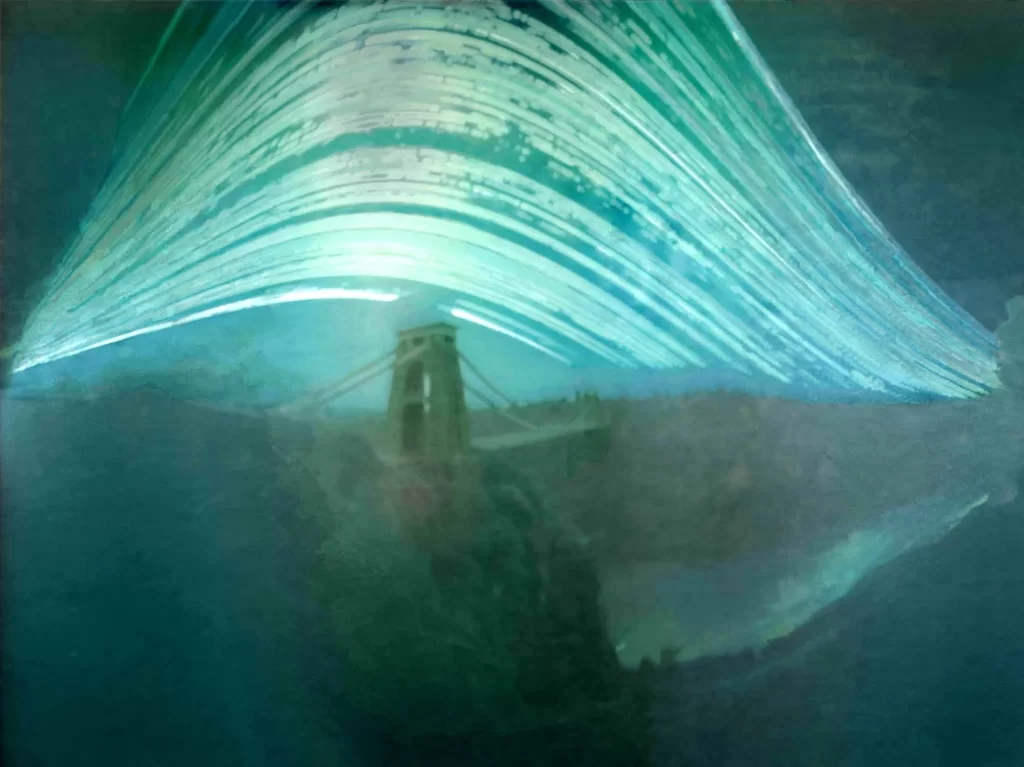
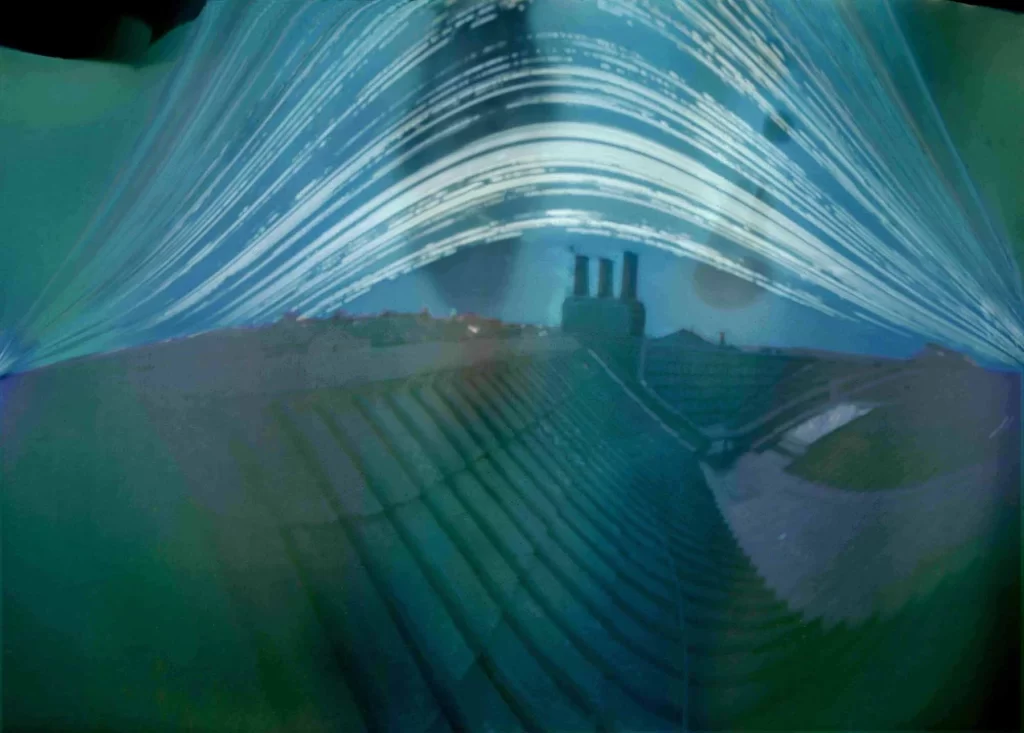
I think solargraphy should be essential in schools. I’m doing a talk soon for a bunch of people in the Czech Republic about this and people in Eastern Europe are obsessed with solargraphy. They’ve got this really great paper over there called Kodak Panalure and it’s very good for solargraphy stuff, I mean I just use any old muck but…you know, that’s the best.
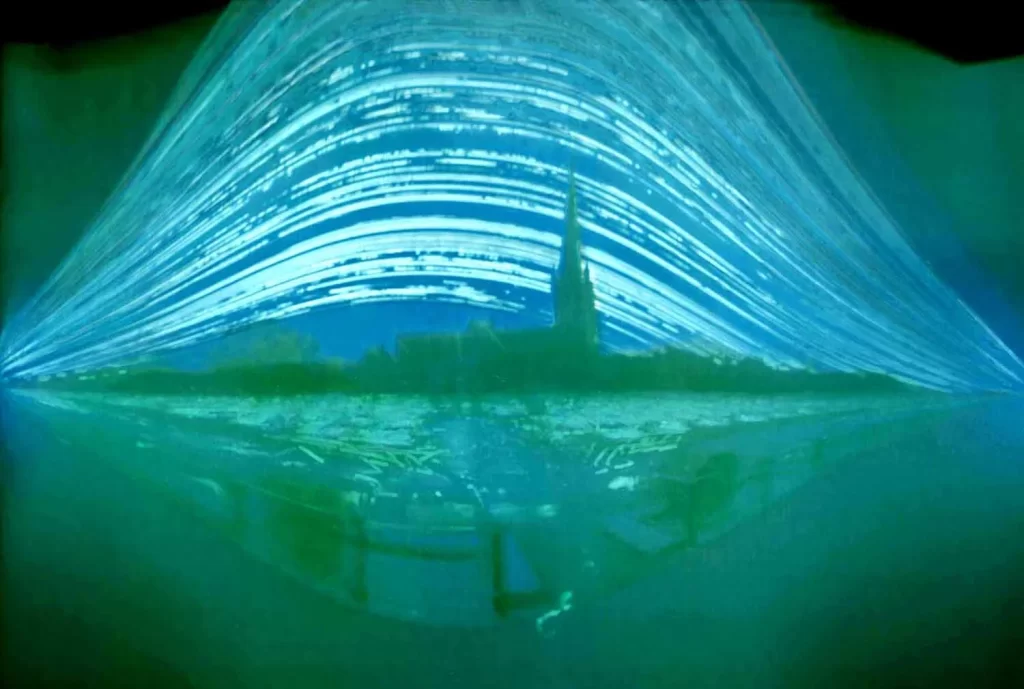
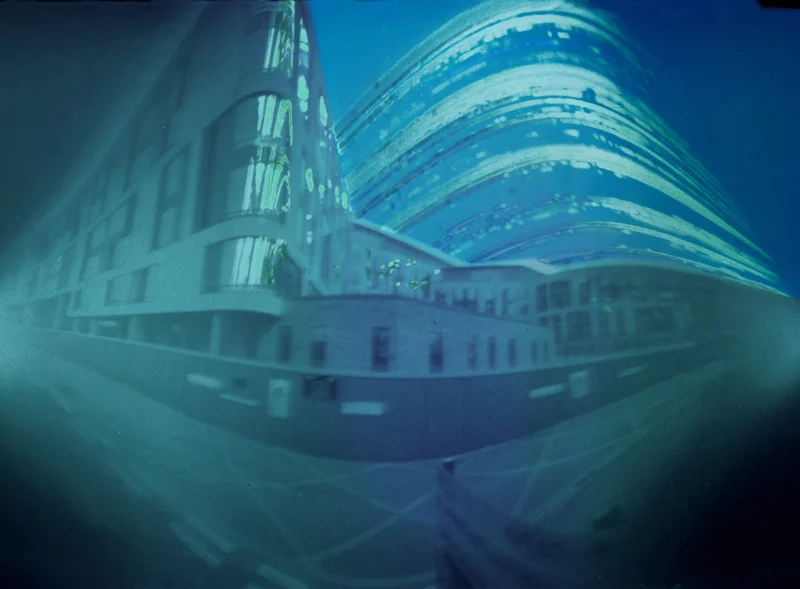
One of the qualities about pinhole cameras is the fact that there is no viewfinder and that’s big thing.
- What would you like to do next?
I think what I’ll do is focus pinhole video using a DLSR. I think I’ll get a full frame DSLR or a mirrorless camera and do pinhole video. It’s very difficult because you’ve got to put the camera on 124,000 ISO and sort of just crank it right up and then the automatic exposure stops working. So then it becomes easy for it to become over or underexposed. No one is doing good pinhole video and that’s because when they’re doing it, they’re putting it on a tripod or they’re holding it up. They’re still thinking it’s a camera rather than a pinhole camera. I’ll get my students to drag them through the grass with a strap really slowly. That way there is a real unknown happening and that side of stuff is really fun. There is no one way of doing anything with pinholes, there are so many variables.
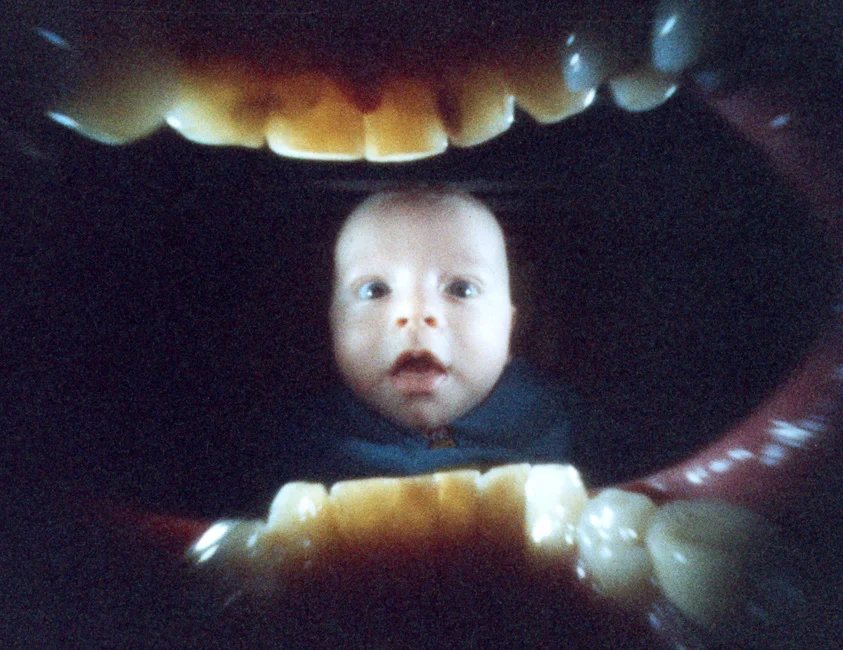
- The first thing I saw of your work was the shot of the baby from inside of your mouth. Where did you come up with this idea? What was the origin of this?
Basically I took the film cartridge from an old instamatic 110mm film camera of the 1960’s and wondered if I could make a little pinhole camera out of that. The real reason I started playing with them is that they are pretty indestructible and you could throw them around the place. I got into the idea of indestructible cameras because, and this is pretty morbid as fuck really but… A group of people I worked with in a wood on the far side of the Clifton Bridge found a girl who jumped off and it always got to me that sort of mad shit. But it made me think I’ll just start dropping cameras off of stuff. It’s not really nice or thought about, but thje not thinking about it is part of what I do. It’s interesting to just play with it and see where I stand. I tried to do one off the World Trade Centre but I freaked out at the end because there were too many people around making sure nobody threw anything off. Which is surprising really because it’s such a stupid thing to do. But yeah, I was dropping them off all sorts of things. I never did anything with those photos, they’re around somewhere but mainly it just got me into the idea of indestructibility. So then I started playing badminton with them and sticking them onto bicycle wheels and riding around, you know, just anything. I put one on a boomerang.
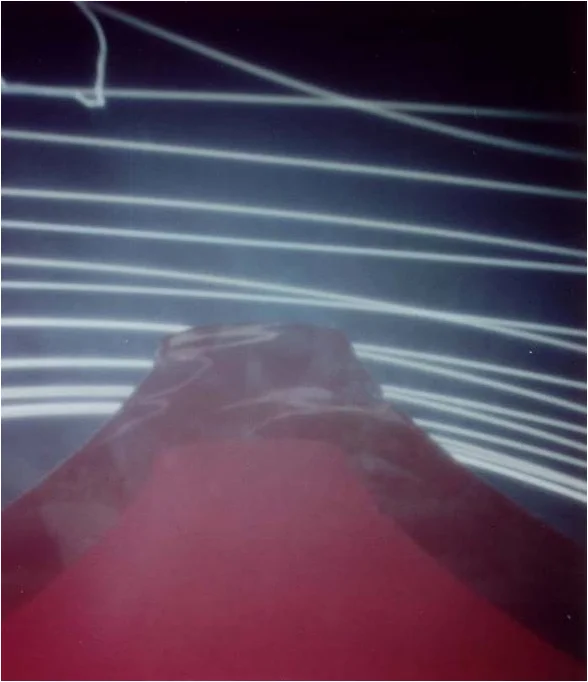
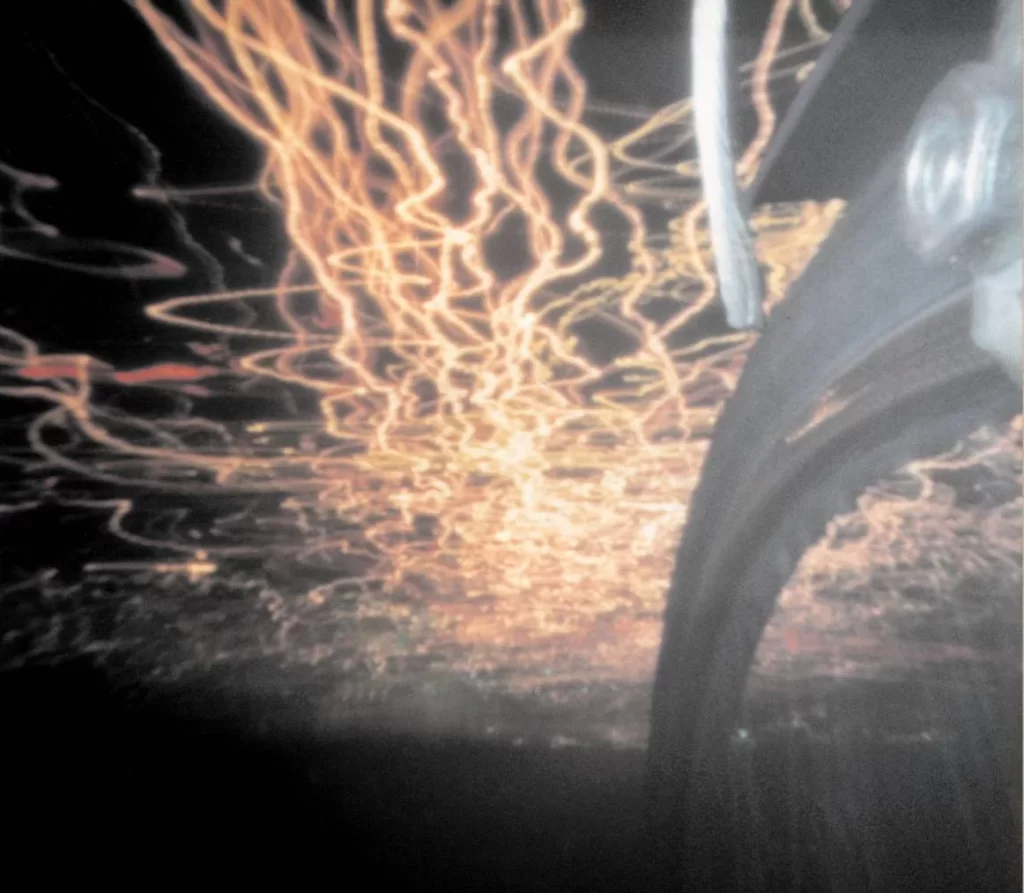
I remember looking out the window of the flat I was living in at at the time and I don’t know why but I just put the camera into my mouth. Instantly, my being really old and having a degree in photography, I realized the inverse square law of flash, exposure, depth of field and even knowing about the exposure latitude of colour negative film. I knew instantly that I could get away with quite a lot and this was before digital or instant photos. It was then, you know, a matter of working it all out. The first time I tried using one flash gun and when the film came back and it was terrible in different ways but I knew it could be better. So then I tried one flash gun with a slave flash. So one that would go off at the same time and then it’s a matter of holding the flashes so that they angle both inside the mouth and the subject in a way that they aren’t visible. It was just about persevering with this and it was funny, there is just so much odd about it. I had an agent at the time and he was like, ‘You know, you’re walking a fine line here between fine art and being a total and utter dick.” Time has shown that I’ve rather lost that game.
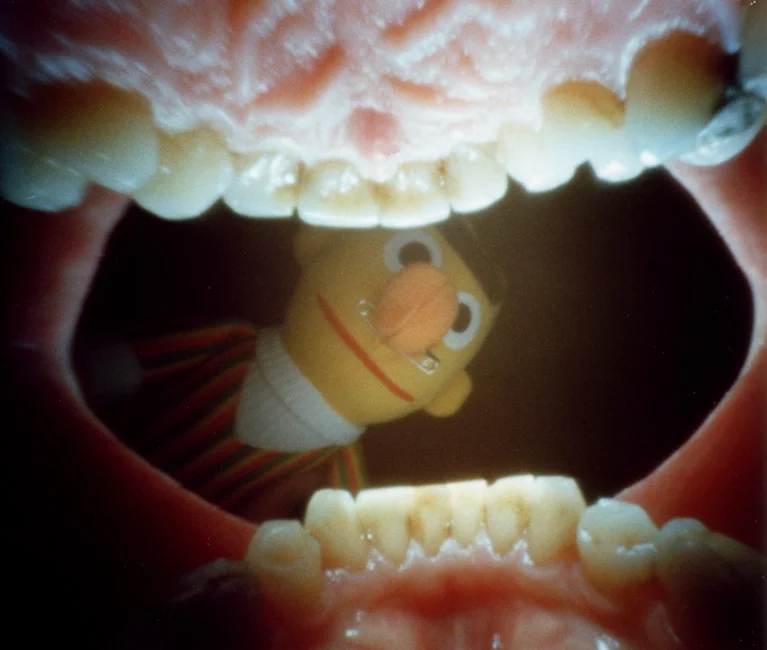
- But why would that make you a dick?
Because it’s funny. It’s sort of like, you know, it’s almost more about the person’s performance rather than the image but I love it. But it’s not necessarily great for an exhibition in the U.K. Basically the U.K. isn’t great when it comes to stuff. If it isn’t social documentation then the U.K. doesn’t want to know but I do things in Berlin, Barcelona, Poland, anywhere else but the U.K. is a little bit quiet with all that stuff. We keep having new centres of photography opening up but they only ever deal with the same thing and I’m a bit pissed off about that.
It is a performance as well, there is a massive part of it that is also performance. One time I took one of the Lincoln Memorial so I had to stand there for five minutes with my mouth wide open staring at Lincoln and every second I kept wondering if someone was going to come up and hit me because it’s almost sacrilegious like. After that exposure I had security people coming up to me asking me if I’m okay in the middle of the Guggenheim.
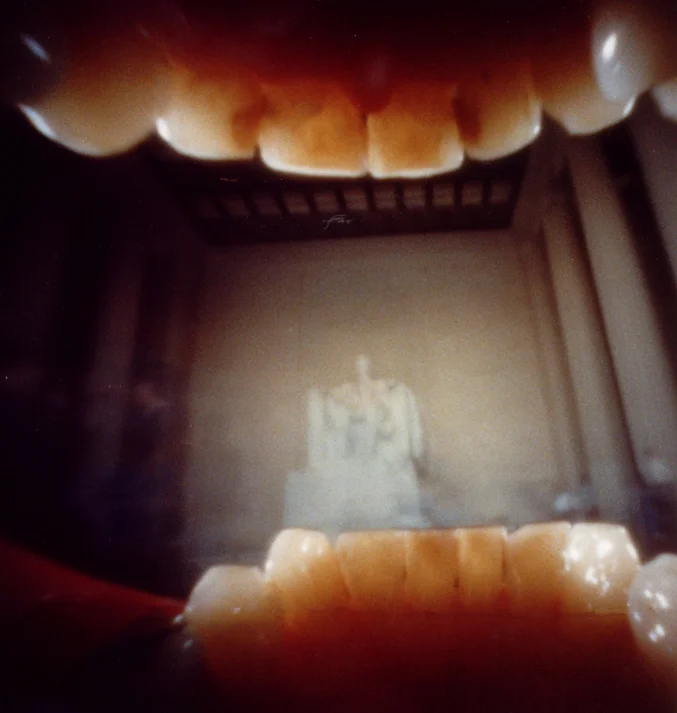
I’ve been thinking of doing a series of mouthpieces where I’m just eating a whole bunch of different biscuits. Just an entire series on different biscuits almost because there is no point, and then that becomes the point. If you think too much, you never will. If you talk about or ideas too much or at all then you know…There is only two things you can do in life, you can either be bothered or you can not be bothered. In a way we’re sort of surrounded by things and activities and people who are trying to prevent you from being bothered. They are either trying to get you to scroll or get you to buy them a pint in the pub. But being bothered and achieving anything feels so good. Creativity. Whether it be music or I noticed on your website that you do comedy and stuff. All those things, and the creating of events and activities, you know we’re all gonna die one day so you might as well make things that happen. That’s what we’re trying to do in life is get other people inspired and interested and interacting.
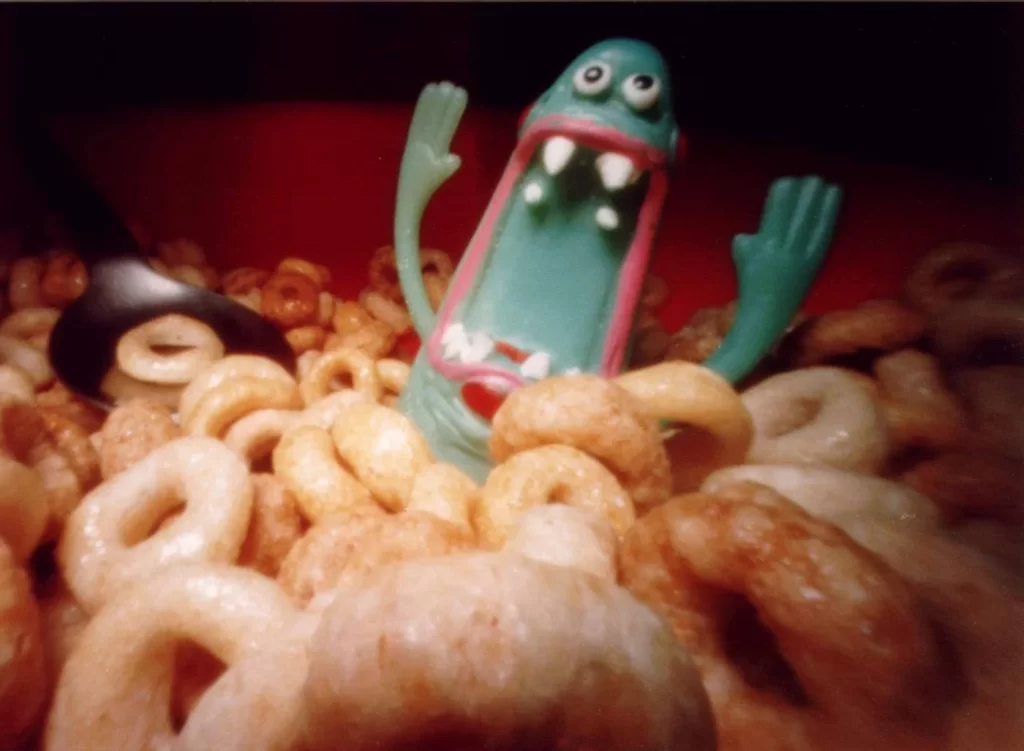
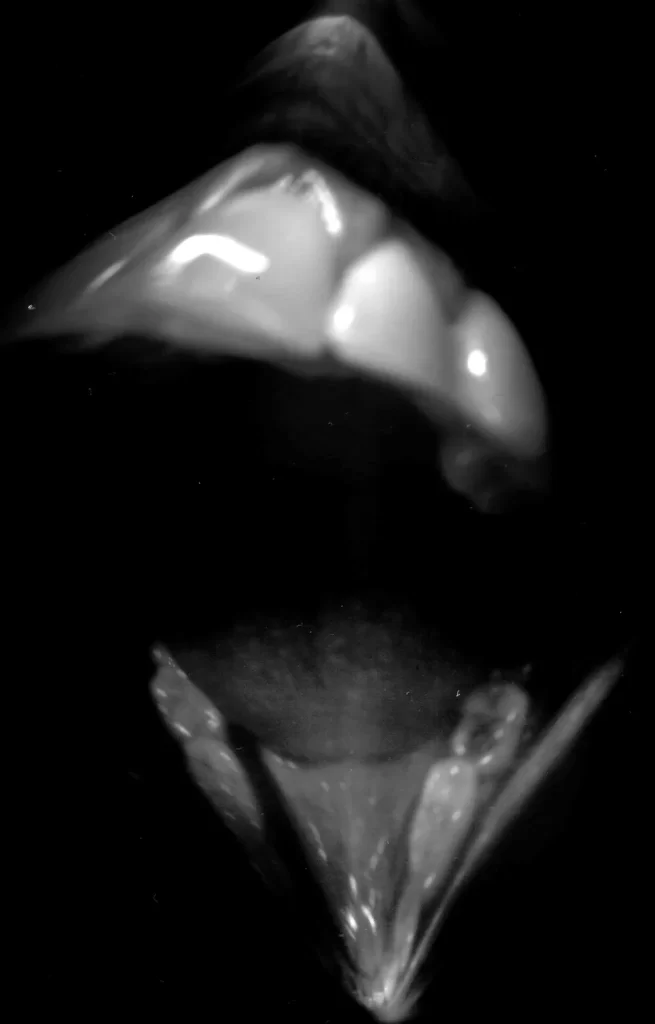
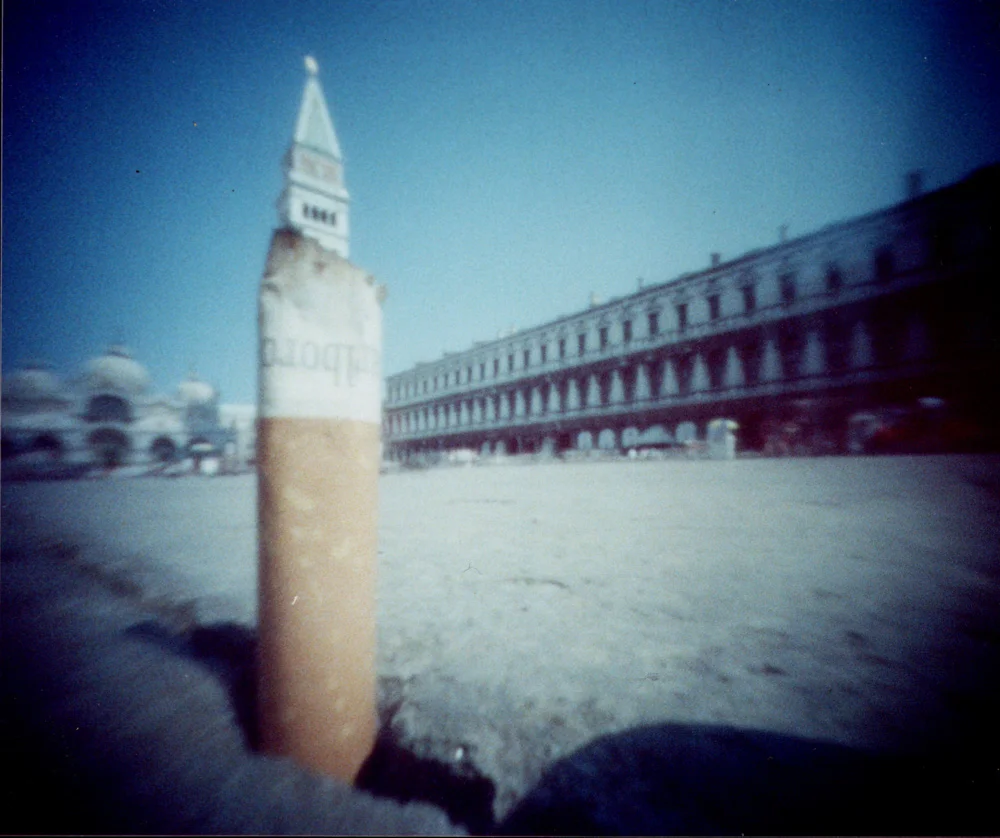
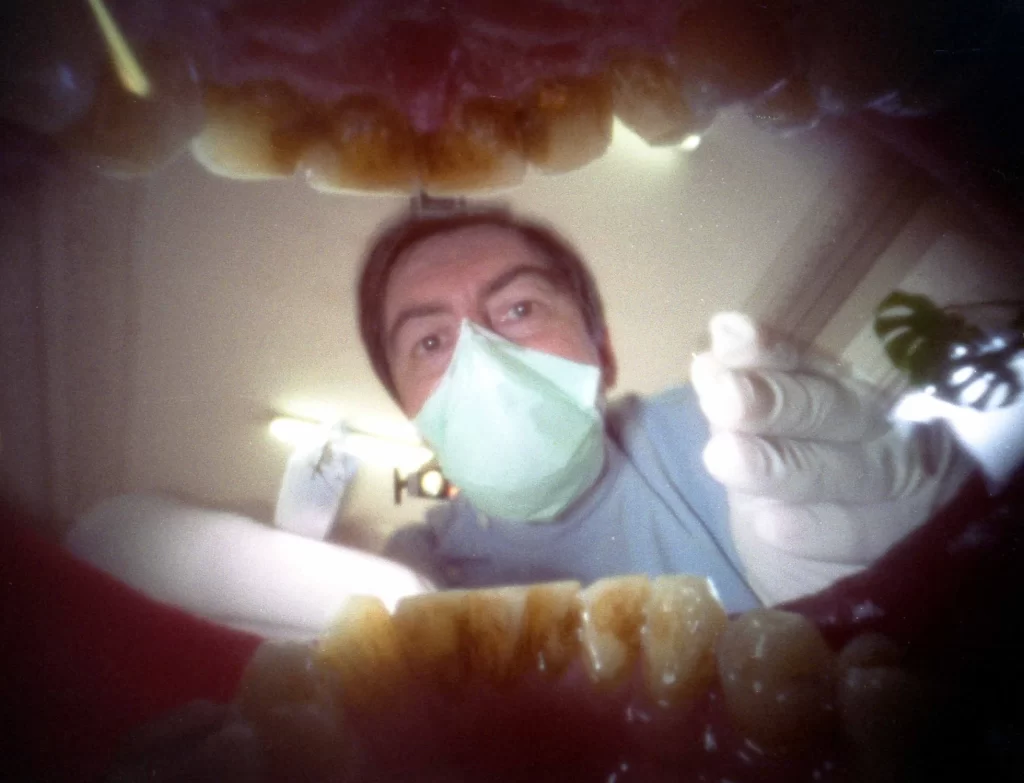
Dentist
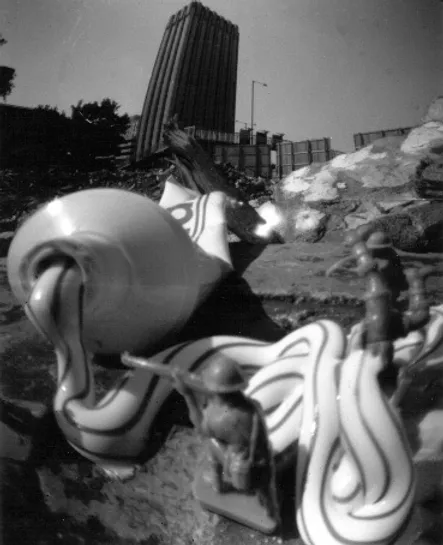
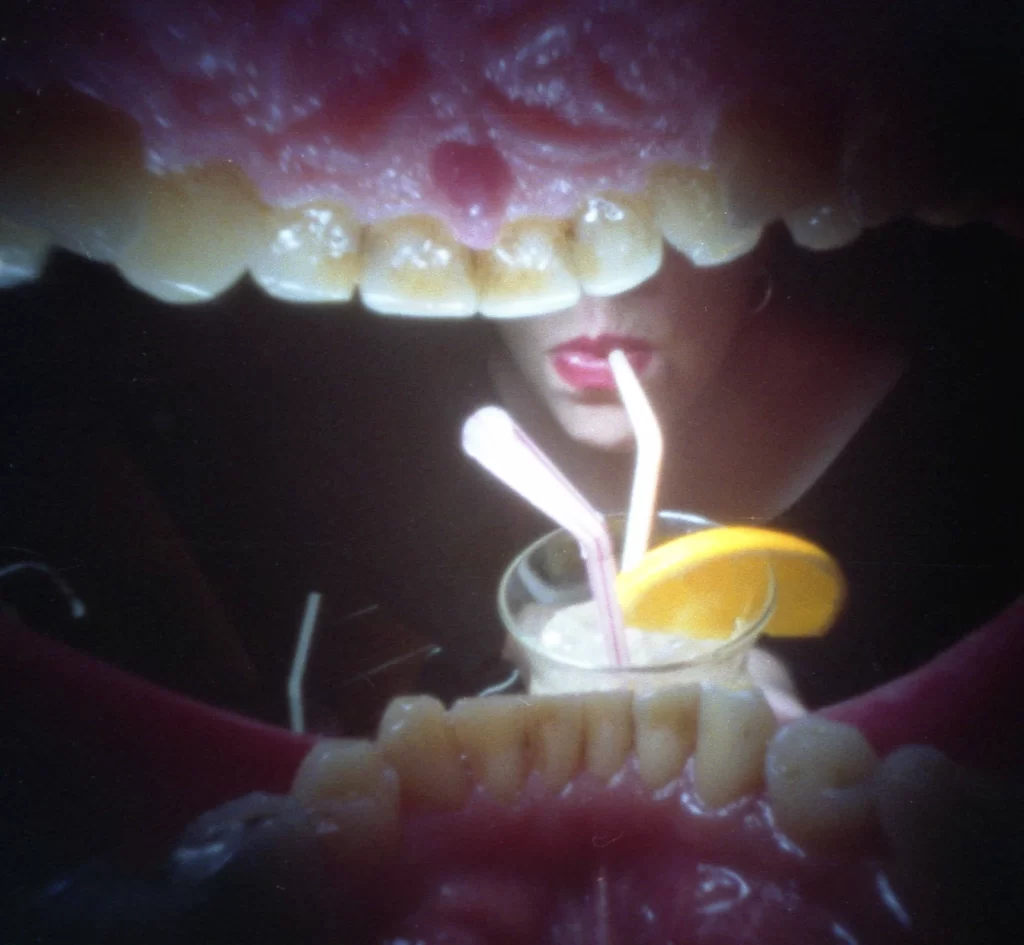
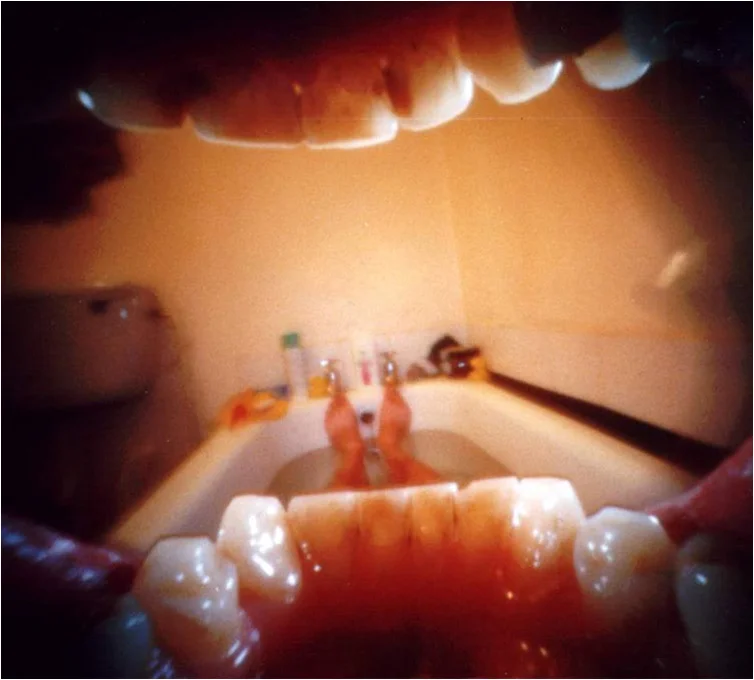
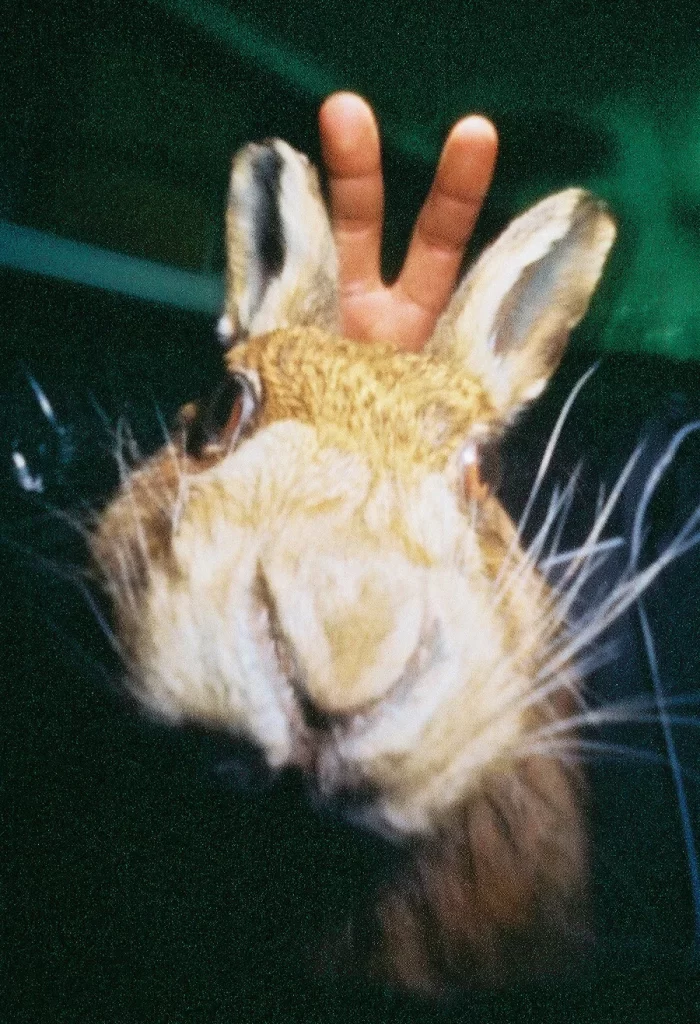
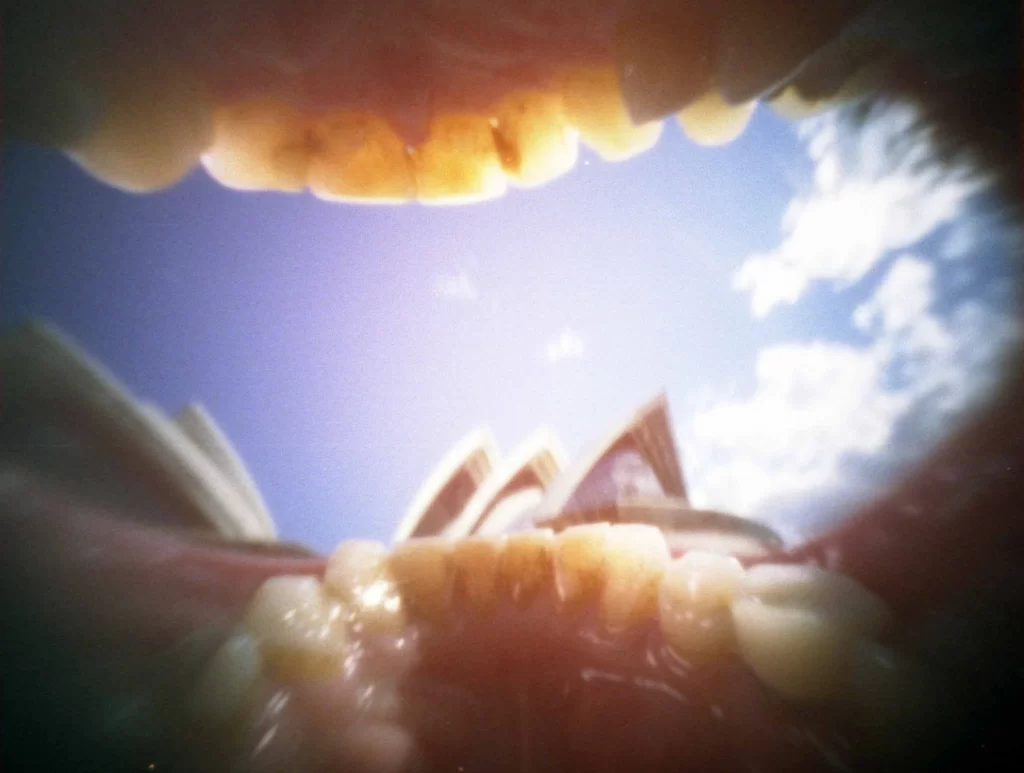
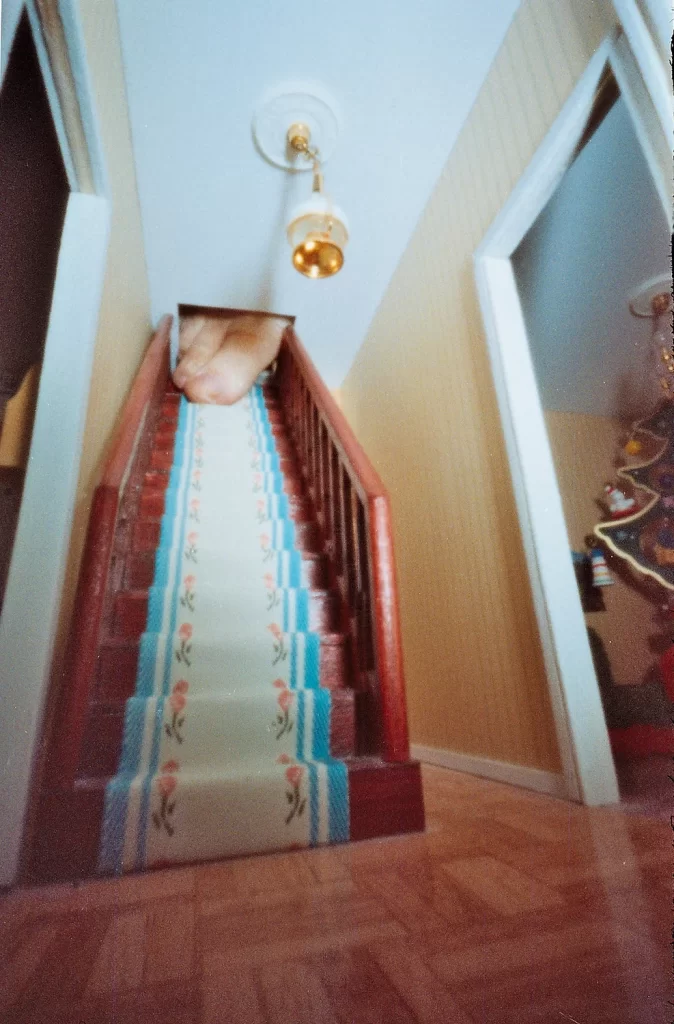
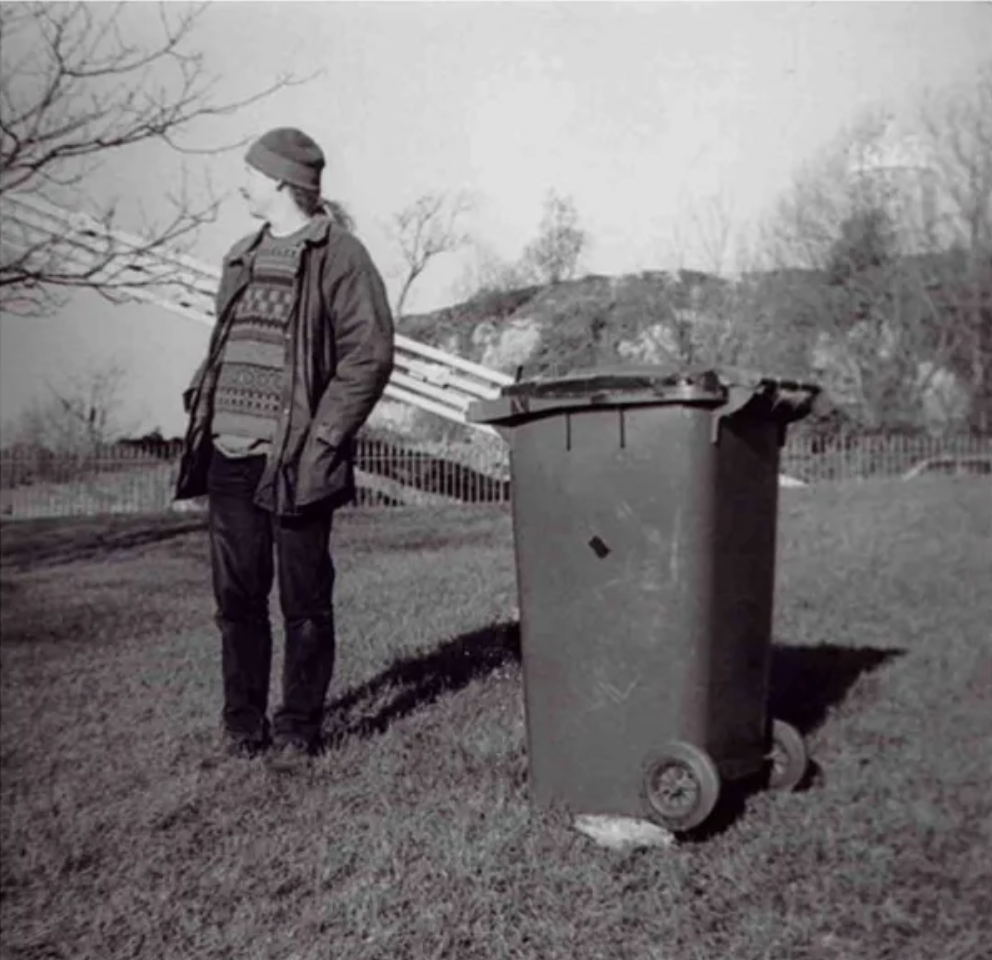
For More work by Justin Quinnell check out his website at www.pinholephotography.org or his instagram @justin_quinnell